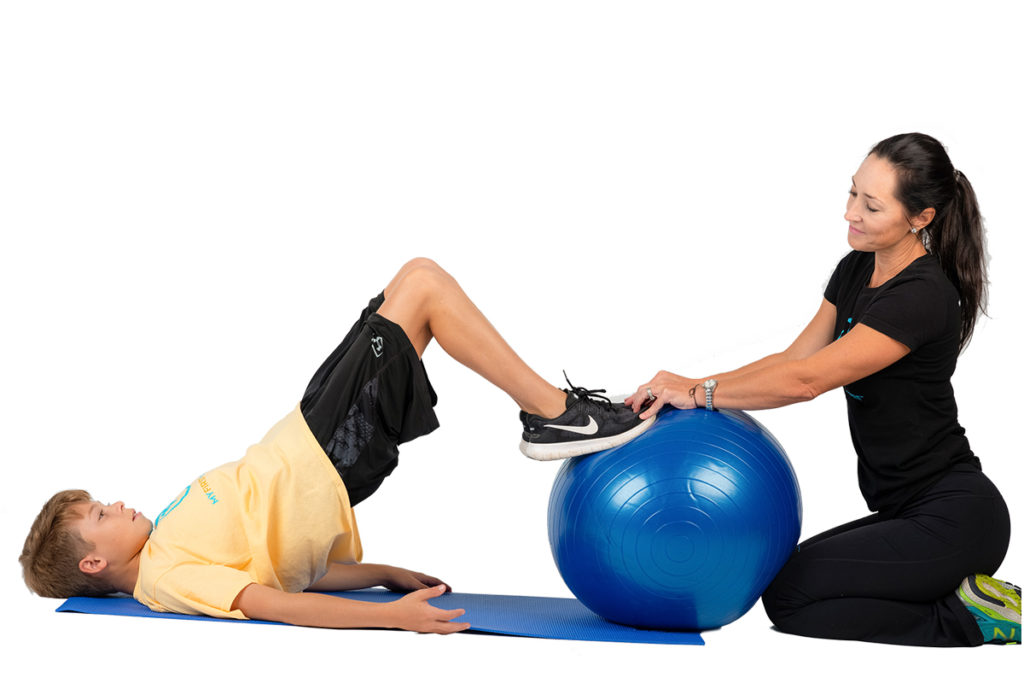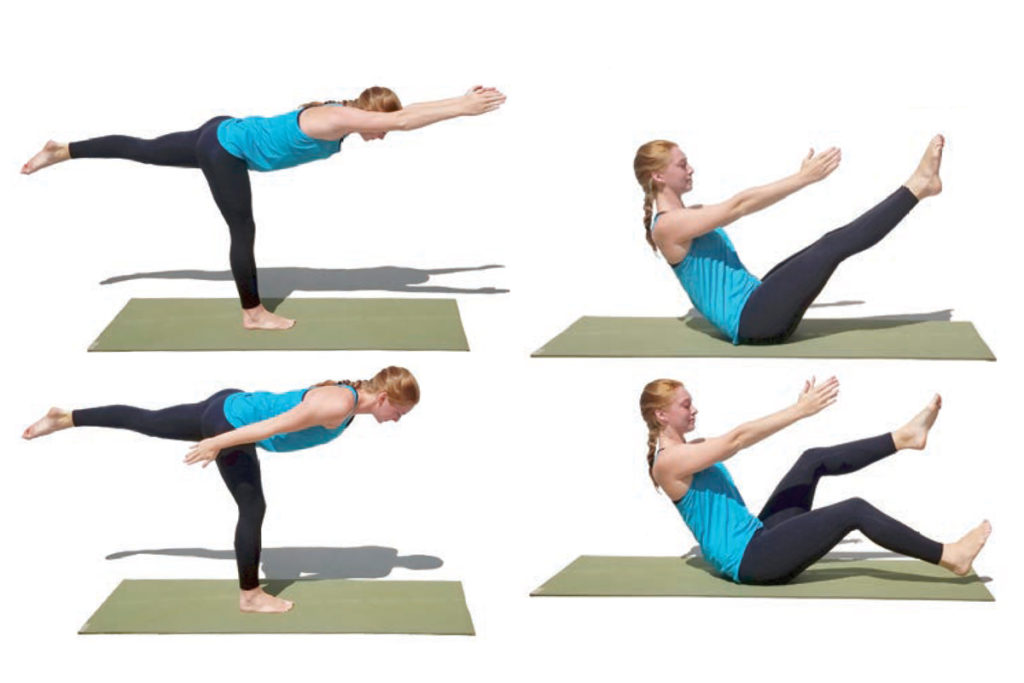Preparing for Instability
Include the right warm-up moves to help the lower body transfer energy.
In recent years the popularity of functional exercise and core training has grown dramatically. The belief that you’ll engage your core when standing, running, balancing and/or exercising on an unstable surface—and that this is more functional than working on a stable surface—has encouraged the use of equipment that challenges stability, particularly in the standing position. Even though it is possible to stabilize without properly engaging the core, a growing number of people are now training on unstable surfaces. The need has never been greater for activity-specific warm-ups that target the lower leg and foot, especially if you move participants from stable to unstable positions. A proper warm-up will enhance proprioceptive awareness, prepare the muscles and joints, and reduce the risk of injury.
Note: The recommendations presented here specifically target and prepare the lower leg and foot for work on unstable surfaces. However, any warm-up should be “total body,” or global, in nature.
In addition to addressing stability, the warm-up should promote mobility, as participants will be moving constantly between loaded and unloaded positions. Keep in mind the many muscles of the lower leg and foot, which influence the biomechanical actions that occur naturally when standing, walking, running, hopping or jumping.
It is also important to consider the unique qualities of stability equipment. Some items, such as wobble or balance boards, have flat surfaces that tilt when you stand on them. Others have nonflat or soft surfaces on a stable base; for example, the BOSU® Balance Trainer (dome side up), the Beamfit® Beam, balance pads and disks, and the half foam roller.
Use the following suggestions when preparing participants for unstable surface training:
- Perform at least 5–8 minutes of dynamic movement to increase body temperature and heart rate and to introduce movement patterns.
- Include movements that explore the height, width, length and space surrounding the equipment. For example, walk on and off the equipment from behind and both sides, or start on top and touch one foot to the floor in all directions before returning to the starting position.
- Include lower-body, closed-chain (weight-bearing) movements (squats, lunges, heel raises, standing on one foot) in a variety of stances and foot positions (wide or narrow, one foot back, one foot back and externally rotated, etc.).
- Include lower-body, open-chain movements, such as balancing on one leg and performing dorsiflexion and plantar flexion on the non-weight-bearing foot.
- Include movement patterns that promote both mobility and stability (e.g., single-leg squats).
- Incorporate multijoint and multiplanar movements in varying degrees and ranges of motion. For example, in a lunge position, bend and straighten the legs while rotating the upper torso.
- Use movement patterns that facilitate knee flexion and extension (squats, lunges and associated variations). Don’t forget the foot and ankle: eversion, inversion, plantar flexion, dorsiflexion, pronation and supination. For example, start standing, roll in and out on the edges of the feet, rise up on the toes and then the heels, and rock forward and back on the toes and heels.
- Start on a stable surface and progress to an unstable one. Squat with both feet on the floor; with one foot on the equipment and the other on the floor; and finally with both feet on the equipment.
- Progress from nonpropulsion to propulsion (walking to light running, hopping from one foot to the other, single-leg vertical hopping, and jumping with both feet in all three planes).
- Adjust warm-up in accordance with participants’ skill level and specific experience working with the equipment.
- Include dynamic stretches if applicable.
In recent years the popularity of functional exercise and core training has grown dramatically. The belief that you’ll engage your core when standing, running, balancing and/or exercising on an unstable surface—and that this is more functional than working on a stable surface—has encouraged the use of equipment that challenges stability, particularly in the standing position. Even though it is possible to stabilize without properly engaging the core, a growing number of people are now training on unstable surfaces. The need has never been greater for activity-specific warm-ups that target the lower leg and foot, especially if you move participants from stable to unstable positions. A proper warm-up will enhance proprioceptive awareness, prepare the muscles and joints, and reduce the risk of injury.
Note: The recommendations presented here specifically target and prepare the lower leg and foot for work on unstable surfaces. However, any warm-up should be “total body,” or
Fred Hoffman, MEd
Fred Hoffman, MEd, is the owner of Fitness Resources consulting services and the author of Going Global: An Expert's Guide to Working Abroad in the International Fitness Industry. The recipient of the 2019 IDEA China Fitness Inspiration Award and the 2007 IDEA Fitness Instructor of the Year Award, he holds a master's degree in health education from Boston University and has over 35 years of experience in the fitness and health industry. A member of the ACE board of directors, Fred's expertise has taken him to nearly 50 countries on six continents to speak at more than 200 conferences and conventions. In 2001, he was elected to the International Who's Who of Professionals. Certifications: ACE, ACSM






